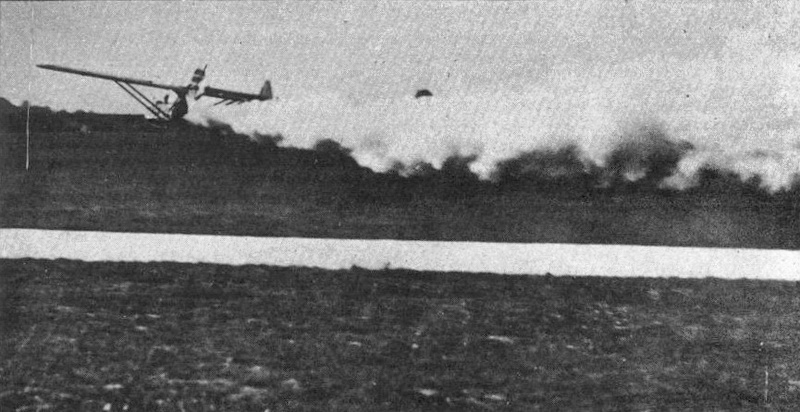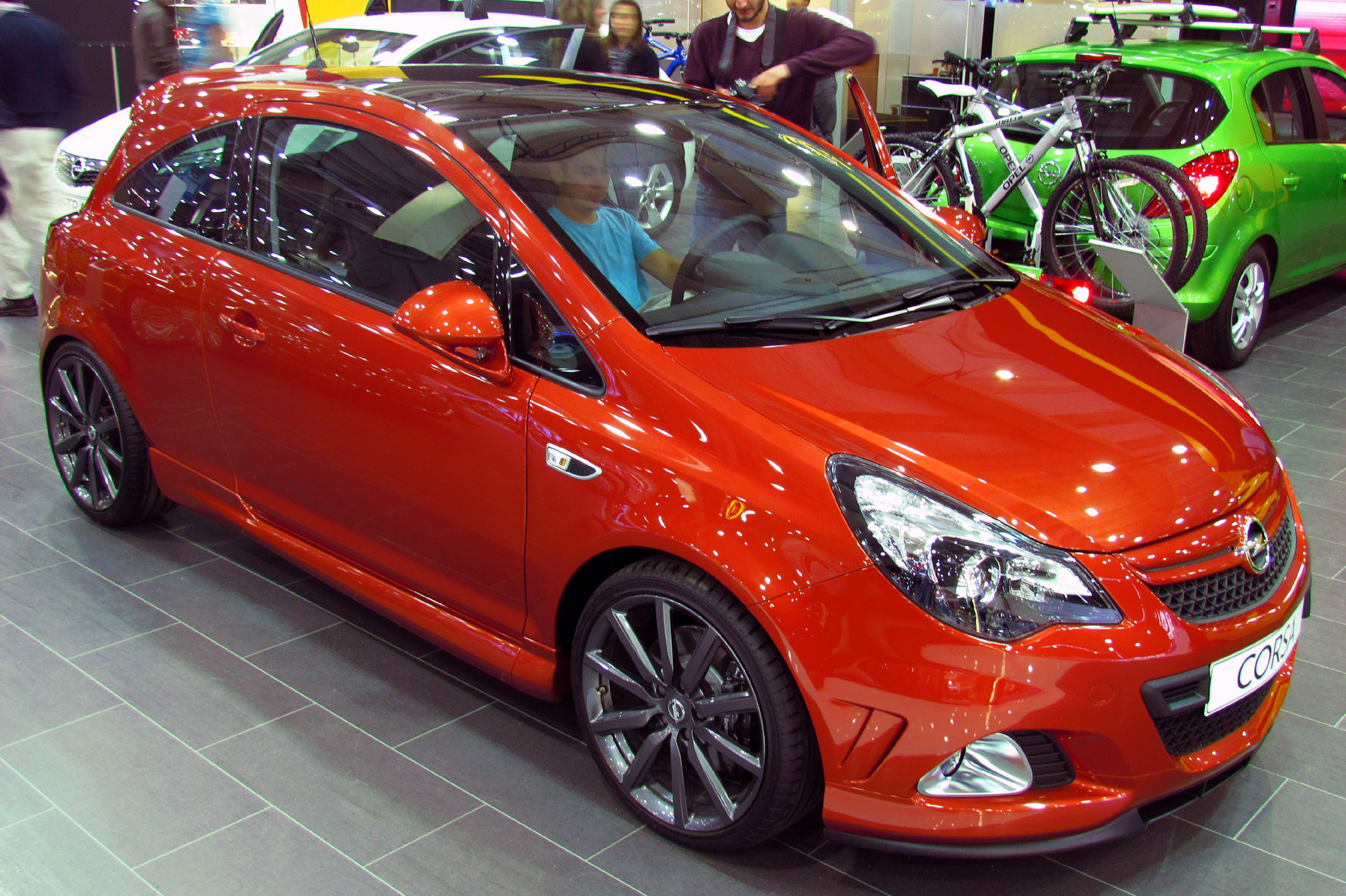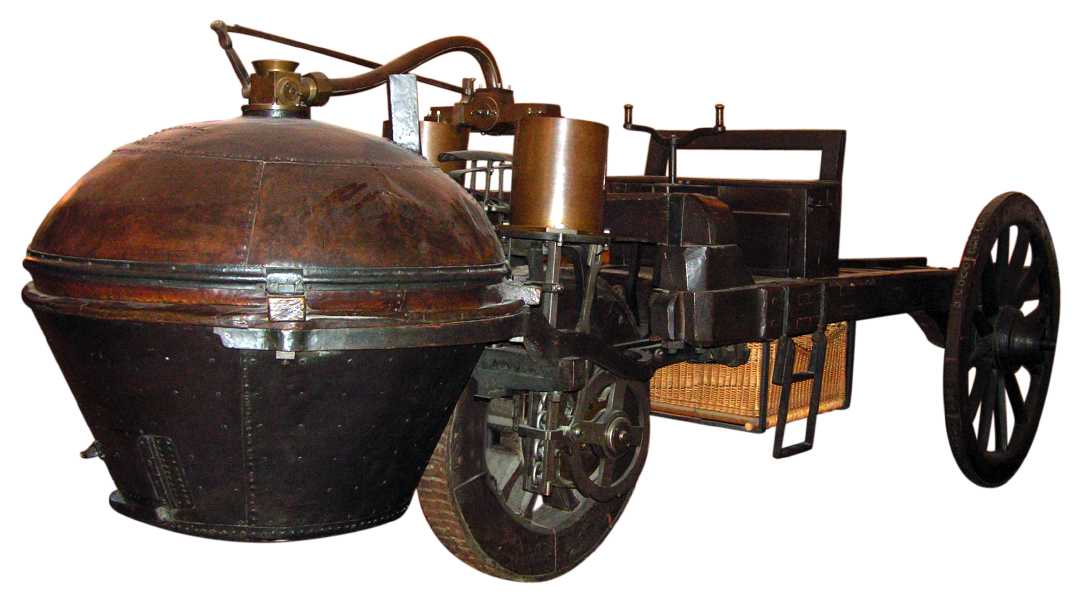|
IDA-Opel
IDA-Opel was a Yugoslav car manufacturer based in Kikinda, Serbia. It operated from 1977 until 1992. Name The company name "IDA" is the abbreviation of "Industrija Delova Automobila" (eng. Industry of Automobile Parts) and "Opel" in its name stems from co-operation with the German automotive company Opel, Adam Opel AG (Opel). History The original plant was established in 1908 as a workshop attached to a local brick factory. In 1977, after eight years of successful co-operation, the iron foundry in Kikinda signed a joint venture and long-term co-operation manufacturing contract valid for a period of 15 years with Opel, Adam Opel AG (Opel). US$78.5 million were invested in the newly established IDA-Kikinda factory, funded 51% by Kikinda Iron Foundry and 49% by General Motors. The first delivery of manufactured parts from two new factories in Kikinda (Livac and Metalac), took part in December 1979. The export of Yugoslav-made parts allowed IDA to import mostly finished Opels, about ... [...More Info...] [...Related Items...] OR: [Wikipedia] [Google] [Baidu] |
Opel
Opel Automobile GmbH (), usually shortened to Opel, is a German automobile manufacturer which has been a subsidiary of Stellantis since 16 January 2021. It was owned by the American automaker General Motors from 1929 until 2017 and the PSA Group prior to its merger with Fiat Chrysler Automobiles to form Stellantis in 2021. Most of the Opel lineup is marketed under the Vauxhall Motors, Vauxhall brand in the United Kingdom since the 1980s. Some Opel vehicles were badge engineering, badge-engineered in Australia under the Holden brand until 2020, in North America and China under the Buick, Saturn Corporation, Saturn (until 2010), and Cadillac brands, and in South America under the Chevrolet brand. Opel traces its roots to a sewing machine manufacturer founded by Adam Opel in 1862 in Rüsselsheim am Main. The company began manufacturing bicycles in 1886 and produced its first automobile in 1899. With the Opel RAK program, the world's first rocket program, under the leadership of F ... [...More Info...] [...Related Items...] OR: [Wikipedia] [Google] [Baidu] |
Opel Senator
The Opel Senator is a full-size executive car (E-segment) produced by the German automaker Opel, two generations of which were sold in Europe from 1978 until 1993. A sedan (automobile), saloon, its first incarnation was also available with a fastback coupé body as the Opel Monza and Vauxhall Royale Coupé. The Senator was, for its entire existence, the flagship saloon model for both Opel and Vauxhall. Through the international divisions of General Motors, it was also known in various markets as the Chevrolet Senator, Daewoo Imperial (in South Korea), Vauxhall Royale (until 1983) and Vauxhall Senator (which took the place of the Royale on Vauxhall models when the Opel brand was phased out from 1983). It was also sold as the Opel Kikinda in Socialist Federal Republic of Yugoslavia, Yugoslavia, where it was produced under licence by IDA-Opel in Kikinda, Serbia, after which it was named. The original Senator was a ''de facto'' replacement for Opel's KAD cars (the Opel Kapitän, Ope ... [...More Info...] [...Related Items...] OR: [Wikipedia] [Google] [Baidu] |
Opel Omega
The Opel Omega is an executive car engineered and manufactured by German automaker Opel between 1986 and 2003. The first generation, the Omega A (1986–1994), superseded the Opel Rekord. It was voted European Car of the Year for 1987, and was available as a sedan (car), saloon or estate car, estate. The second generation, the Omega B, was manufactured from 1994 to 2003. Badge engineering, Rebadged variants of the Omega were marketed worldwide, including in North America as the Cadillac Catera, in Great Britain as the Vauxhall Omega, and South America as the Chevrolet Omega. As with the Rekord which preceded it, re-engineered versions of the Omega were manufactured in Australia from 1988 as the Holden Commodore (and its derivatives) since 1999. Commodore-based cars were in turn exported to South America as the Chevrolet Omega and to the Middle East as the Chevrolet Lumina. Production of the Omega was discontinued in 2003. It was succeeded by the Opel Signum. __TOC__ Omega A ... [...More Info...] [...Related Items...] OR: [Wikipedia] [Google] [Baidu] |
Opel Corsa
The Opel Corsa is a supermini car manufactured and marketed by Opel since 1982 — as well as other brands, namely Vauxhall Motors, Vauxhall, Chevrolet, and Holden. At its height of popularity, the Corsa became the best-selling car in the world in 1998, recording 910,839 sales, assembled on four continents, marketed under five marques and offered in five body styles. By 2007, over 18 million Corsas had been sold globally. __TOC__ Corsa A (S83; 1982) The front-wheel drive Opel Corsa was first launched in September 1982. A two-seat, roadster "concept car" had been shown as a teaser six months earlier at Geneva Motor Show, Geneva. It went on sale first in France, Italy, and Spain — markets where small cars represented from 34 to 43 percent of overall automobile sales. Sales across the remainder of Europe were to have begun by March 1983. General Motors' internal code for the Corsa/Nova was the S-car. The S-car designation had originally been applied to an abandoned su ... [...More Info...] [...Related Items...] OR: [Wikipedia] [Google] [Baidu] |
Kikinda
Kikinda ( sr-Cyrl, Кикинда, ; ) is a List of cities in Serbia, city and the administrative center of the North Banat District in Serbia. The city's urban area has 32,084 inhabitants, while the city administrative area has 49,326 inhabitants. The city was founded in the 18th century. From 1774 to 1874 Kikinda was the seat of the District of Velika Kikinda, an autonomous administrative unit of Habsburg monarchy. In 1893, Kikinda was granted the status of a city. The city became part of the Kingdom of Serbia (and Kingdom of Serbs, Croats and Slovenes) in 1918, and it lost the city status. The status was re-granted in 2016. In 1996, the well-preserved archaeological remnants of a half a million-year-old mammoth were excavated on the outer edge of the town area. The mammoth called "Kika" has become one of the symbols of the town. Today it is exhibited in the National Museum of Kikinda. Other attractions of the city are the Suvača – a unique Horse mill, horse-powered dry m ... [...More Info...] [...Related Items...] OR: [Wikipedia] [Google] [Baidu] |
Opel Ascona
The Opel Ascona is a large family car (D-segment in Europe) that was produced by the German automaker Opel from 1970 to 1988. It was produced in three separate generations, beginning with rear-wheel-drive and ending up as a front-wheel drive J-car derivative. The Ascona was developed to fill the gap in the Opel range as the Opel Rekord was gradually growing in size. The Ascona took its name from the lakeside resort of that name in Ticino, Switzerland, and already in the 1950s a special edition of the Opel Rekord P1 was sold as an Opel Ascona in Switzerland, where the name was again used in 1968 for a locally adapted version of the Opel Kadett B into which the manufacturers had persuaded a 1.7-litre engine borrowed from the larger Rekord model of the time. The Opel Ascona A launched in 1970 and sold across Europe was, however, the first mainstream Opel model to carry the name — departing from Opel's long standing convention of using German naval rank designations for its m ... [...More Info...] [...Related Items...] OR: [Wikipedia] [Google] [Baidu] |
Opel Kadett
The Opel Kadett is a small family car produced by the German automobile manufacturer Opel from 1936 until 1940 and then from 1962 until 1991 (the Cabrio continued until 1993), when it was succeeded by the Opel Astra. Originally, the Kadett was Opel's smallest model; however, as it grew in size with each generation (ultimately competing in the European C-segment), the Opel Corsa became GM/Opel's entry-level model. Kadett I (1936–1940) The first Opel car to carry the Kadett name was presented to the public in December 1936 by Opel's commercial-technical director, Heinrich Nordhoff, who would in later decades become known for his leadership role in building up the Volkswagen company. Production was interrupted in 1940 by World War II. The new Kadett followed the innovative Opel Olympia in adopting a chassis-less unibody construction, suggesting that, like the Vauxhall 10 introduced in 1937 by Opel's English sister-company, the Opel Kadett was designed for high-volume, ... [...More Info...] [...Related Items...] OR: [Wikipedia] [Google] [Baidu] |
List Of Companies Of The Socialist Federal Republic Of Yugoslavia
This list comprises notable companies that participated in the economy of the Socialist Federal Republic of Yugoslavia, a country which lasted from 29 November 1945 to 27 April 1992. They were mostly organized in the form of an associated labour organisation (''OUR''). Those companies that were named using generic elements in a descriptive formula such as ''city'' – ''product''/''branch'' – "Factory" (or similar) have had their names translated. They were commonly referred to by their initials, which are kept in their original form. Automotive industry Shipbuilding Military industry Wood and paper industry Construction Electronics Machine industry Petroleum industry Food, tobacco and agricultural industry Traffic Textile and footwear industry Mines and ironworks Pharmaceutical industry Chemical industry Retail industry See also * List of companies of Bosnia and Herzegovina * List of companies of Croatia * ... [...More Info...] [...Related Items...] OR: [Wikipedia] [Google] [Baidu] |
Opel Vectra
The Opel Vectra is a mid-size car (large family car) that was engineered and produced by the German automaker Opel from 1988 until 2010. Available in Sedan (automobile), saloon, hatchback and Station wagon, estate (from model year 1997 onwards) body styles, the Vectra was also sold by the Vauxhall Motors, Vauxhall marque in the United Kingdom as the Vauxhall Cavalier from 1988 to 1995 and then as the Vauxhall Vectra from 1995 to 2008, and it was also sold by Holden in Australia as the Holden Vectra, by Chevrolet in Latin America as the Chevrolet Vectra. The Vectra was introduced in October 1988 as a replacement for the Opel Ascona, and was itself replaced in November 2008 by the new Opel Insignia, the nameplate spanning three generations and almost twenty-one years. Vectra A (1988–1995) The first generation Vectra, known as the Vectra A, was introduced in October 1988 for the 1989 model year, as a four-door notchback sedan (car), saloon, replacing the Opel Ascona C. A ... [...More Info...] [...Related Items...] OR: [Wikipedia] [Google] [Baidu] |
Car Manufacturers Of Serbia
A car, or an automobile, is a motor vehicle with wheels. Most definitions of cars state that they run primarily on roads, seat one to eight people, have four wheels, and mainly transport people rather than cargo. There are around one billion cars in use worldwide. The French inventor Nicolas-Joseph Cugnot built the first steam-powered road vehicle in 1769, while the Swiss inventor François Isaac de Rivaz designed and constructed the first internal combustion-powered automobile in 1808. The modern car—a practical, marketable automobile for everyday use—was invented in 1886, when the German inventor Carl Benz patented his Benz Patent-Motorwagen. Commercial cars became widely available during the 20th century. The 1901 Oldsmobile Curved Dash and the 1908 Ford Model T, both American cars, are widely considered the first mass-produced and mass-affordable cars, respectively. Cars were rapidly adopted in the US, where they replaced horse-drawn carriages. In Europe and other p ... [...More Info...] [...Related Items...] OR: [Wikipedia] [Google] [Baidu] |
Car Manufacturers Of Yugoslavia
A car, or an automobile, is a motor vehicle with wheels. Most definitions of cars state that they run primarily on roads, Car seat, seat one to eight people, have four wheels, and mainly transport private transport#Personal transport, people rather than cargo. There are around one billion cars in use worldwide. The French inventor Nicolas-Joseph Cugnot built the first steam-powered road vehicle in 1769, while the Swiss inventor François Isaac de Rivaz designed and constructed the first internal combustion-powered automobile in 1808. The modern car—a practical, marketable automobile for everyday use—was invented in 1886, when the German inventor Carl Benz patented his Benz Patent-Motorwagen. Commercial cars became widely available during the 20th century. The 1901 Oldsmobile Curved Dash and the 1908 Ford Model T, both American cars, are widely considered the first mass-produced and mass-affordable cars, respectively. Cars were rapidly adopted in the US, where they replac ... [...More Info...] [...Related Items...] OR: [Wikipedia] [Google] [Baidu] |
Fiat Automobili Srbija
FCA Serbia (), formerly FIAT Automobiles Serbia (FAS) from 2008 to 2014, is a Serbian automotive manufacturing company based in Kragujevac, Serbia. It is a joint venture (JV) between Stellantis, which owns 67% of the operation, and the Republic of Serbia, which owns the remainder. The company headquarters and assembly plant are located on the former site of Zastava Automobiles (1953–2008) – 70 miles south of Belgrade on the Lepenica river in the country's central Šumadija region. Heavily damaged during the NATO bombing of Yugoslavia, the factory was completely renovated and modernized, reopening in April 2012 as one of Europe's state of the art car factories. As of 2023, the operation has roughly 670 employees and works closely with 15 other companies and component suppliers, many located at the adjacent Grosnica Supplier Park — with a combined workforce of roughly 6,000 tied to production at Fiat Serbia. The factory has a daily output of roughly 400 cars. Du ... [...More Info...] [...Related Items...] OR: [Wikipedia] [Google] [Baidu] |








